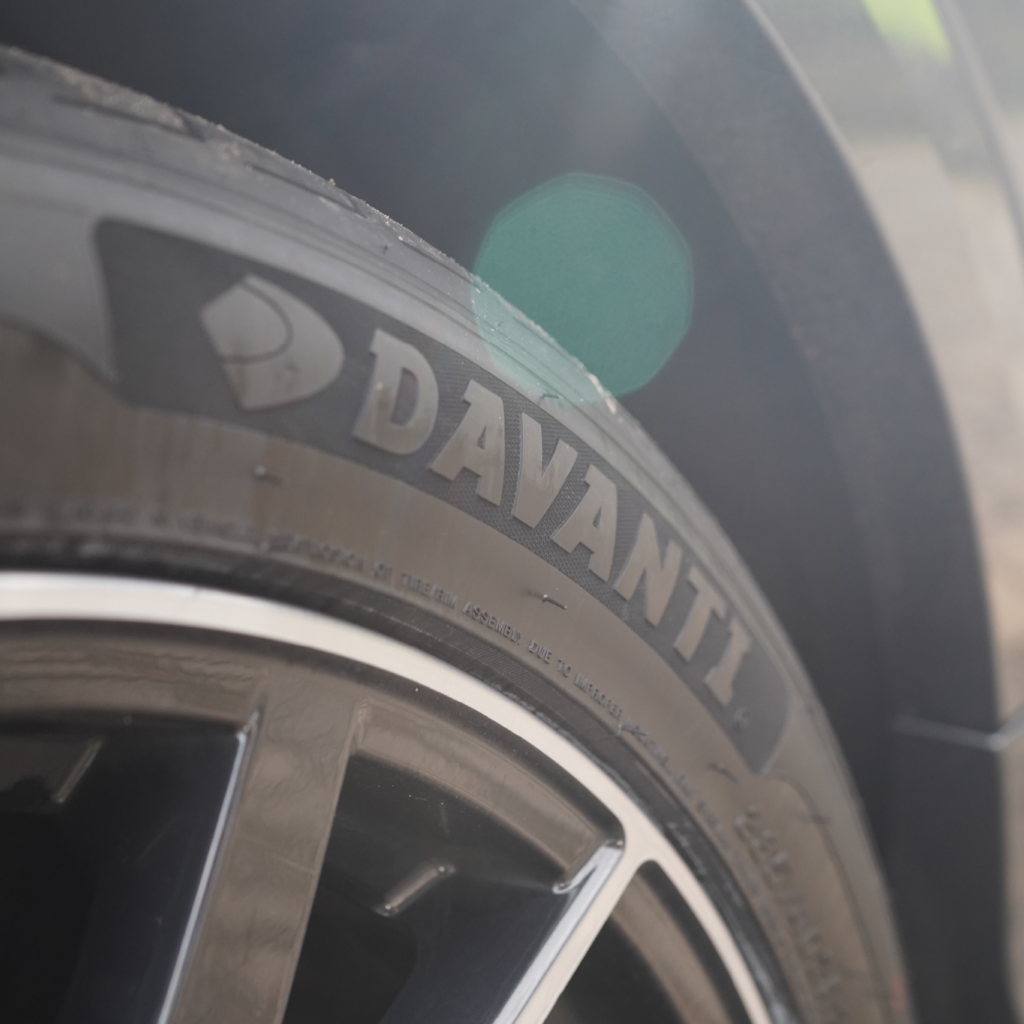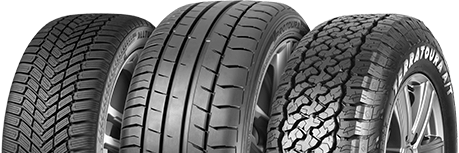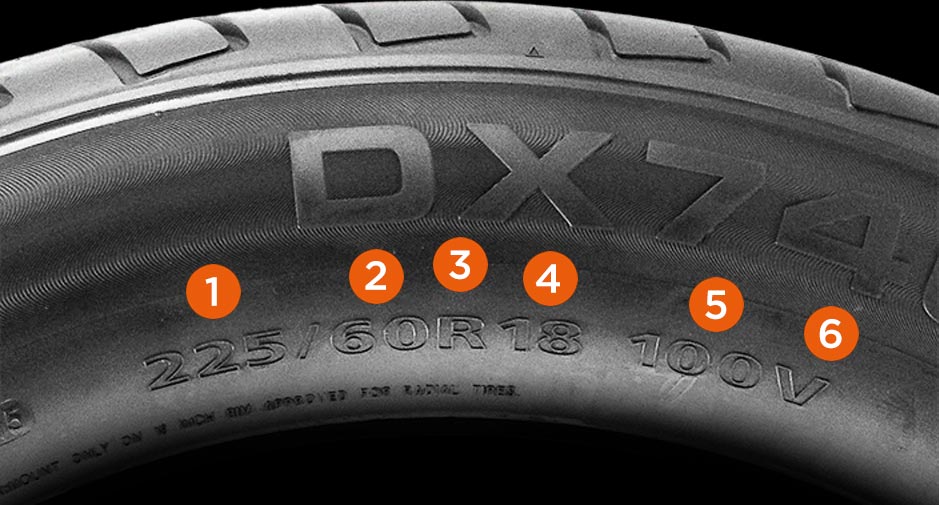
The importance of carrying out regular tyre checks
Tuesday 20th August 2024With recent research revealing that 1 in 5 drivers have never checked their tyres, here at Davanti we understand the importance of carrying out tyre checks on a frequent basis.
Checking your tyres is easy to do at home yourself, and it could save you time and money in the long run. When it comes to tyre inspections, you are ultimately looking for debris, punctures and uneven wear, alongside signs of underinflation. Failing to carry out these checks could put you at risk of a hefty fine and even put you and other drivers in danger.
To ensure drivers travel safely this summer, we’ve created our very own expert step-by-step guide to help you inspect your tyres correctly and the importance of doing so:
1. Make weekly condition checks
Tyres are the only part of a car that touches the road, so well-maintained tyres provide better traction, reduce the risk of accidents and help with fuel efficiencies, so inspecting your tyres weekly is key.
Worn tyres can make it harder to grip the road, especially in wet weather, which in turn, increases your stopping distances and can increase the risk of aquaplaning. Evenly worn tyres and proper pressure can improve your driving experience by making it smoother and much more comfortable.
When inspecting your tyres, you’re looking for signs of bulging, cuts and tears to the tyre wall. If you spot anything unusual, you should take your vehicle to your local garage.
Tyre bulges
Tyre bulges will usually occur as a result of your tyre coming into contact with a kerb or pothole at force. As a result of the hit, the air pressure will create a bulge where the rubber of the sidewall has weakened. If you notice a bulge in the tyre you must be careful when driving; this area is now a weak spot on your tyre and it will need to be inspected by your local garage as soon as possible.
Tyre cuts and tears
Cuts and tears can be caused by poor road surfaces, potholes or debris, such as stones or glass, which will usually occur on the tyre’s sidewall. In some cases tyre cuts can cause a tyre blowout, so, if you think you have a cut or tear in your tyre, you should get it checked out by a professional straight away.
2. Keep an eye on pressures

Tyres will naturally lose air, so it’s important to check your tyre pressures regularly. Keeping your tyres at optimum pressure reduces the risk of loss of control and protects from premature wear and damage. Tyre pressure can drop due to small perforations, the natural escape of air over time or even a decrease in ambient temperature.
If you’re proactive, you’ll stop issues before they occur and maximise the life span of your tyres, keeping you safe and saving further costs down the line, too. You’ll find the recommended tyre pressure for your vehicle in the user manual, on a plaque on the driver door sill or on the inside of your fuel filler flap.
For a more in-depth checklist on understanding your tyre pressures, check out our blog post here.
3. Check your tyre tread

Checking your tyre tread is important as it keeps the tyre in contact with the road. The more your tyre tread is worn, the grip will decrease and so creates a higher risk of aquaplaning, impacting wear, overall performance and safety.
Low tread results in poor grip and increased stopping distances, so it’s important to regularly check the tread depth of your tyres and replace them when they are worn.
The simplest method is the 20p test. You’re looking for the tread to be above 1.6mm, otherwise it’s time to change your tyre. Simply take a 20p and place it upright into the main grooves of the tyre.
If the outer band of the coin is obscured by the tyre, then the tread is within the legal limit. However, if you can see the outer band of the coin, your tyres are likely to be illegal and will need replacing as soon as possible.
You can also check the tread depth by using a depth gauge. In the UK, the legal minimum tread depth is 1.6mm across the central three-quarters of the tyre’s tread area around the entire circumference of the tyre.
Maintaining tyres is vital to safe acceleration, braking, steering and cornering. For more information on tyre maintenance checks click here or contact your local Davanti dealer.









